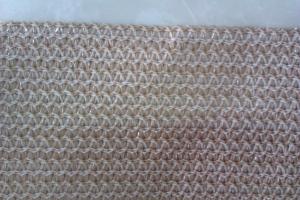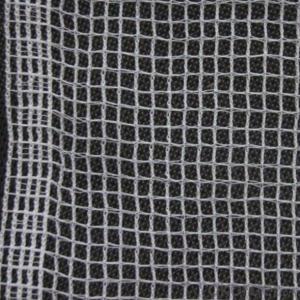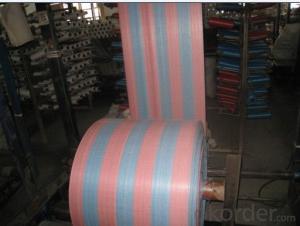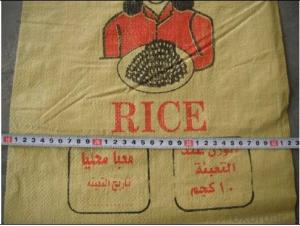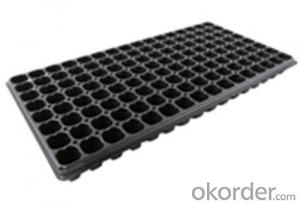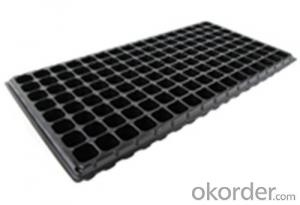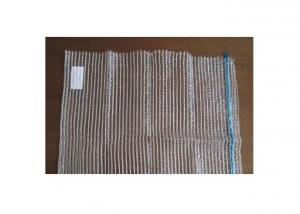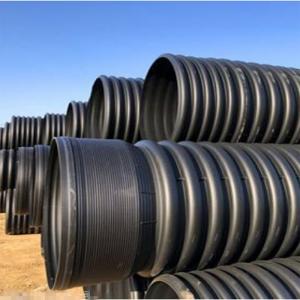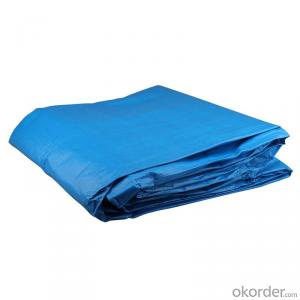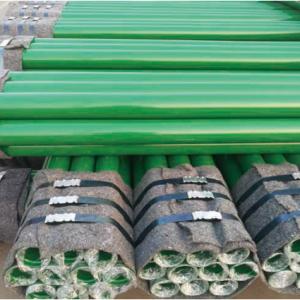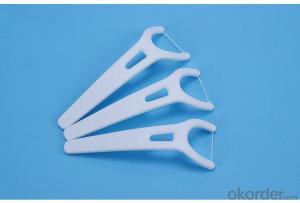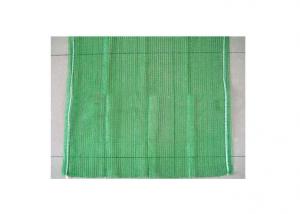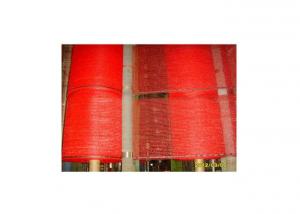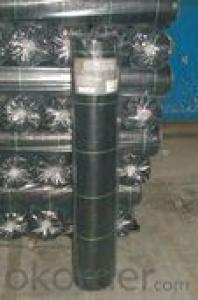Shade cloth water-proof cloth sail 230g 4.2x100m
- Loading Port:
- Ningbo
- Payment Terms:
- TT OR LC
- Min Order Qty:
- -
- Supply Capability:
- 50000pcs pc/month
OKorder Service Pledge
OKorder Financial Service
You Might Also Like
Shade Sail water-proof cloth sail 160GSM
Material: 100% virgin HDPE
Using life: 5 ~10 years Gurantee
Export market: Europe ,America,Japan, the Middle East ,Africa
Shape: Square, Triangle , Rectangle
Net weight: 160g/m2--320g/m2
Size: 3x3m, 3.6x3.6m 3x3m, 3x3x3m,5x5m,5x5x5m and so on UV block: 85-95%
Packaging & DeliveryPackaging Detail: Each piece of sail will be put into a pvc hadle bag with a color label inside, seveal pcs packaging into a paper carton with shipping mark.
Application:
It could be used in the outdoor in home and garden , kindgarden.
Delivery time :
we could ship at once if our regular size .
- Q:How do I prevent fungus gnats in a nursery tray?
- There are a few effective ways to prevent fungus gnats in a nursery tray. Firstly, ensure that the tray has proper drainage to avoid excess moisture, as these gnats thrive in damp conditions. Secondly, avoid overwatering the plants and allow the soil to dry out slightly between waterings. Additionally, you can use sticky traps or yellow sticky cards to capture the adult gnats and reduce their population. Lastly, consider applying a biological control agent, such as beneficial nematodes or predatory mites, which can feed on the fungus gnat larvae and prevent their growth.
- Q:Are there any ground cover plants that are suitable for clayey loam soils?
- Yes, there are several ground cover plants that are suitable for clayey loam soils. Some common options include creeping thyme, creeping phlox, sweet woodruff, and ajuga. These plants are well-adapted to clayey loam soils and can thrive in those conditions.
- Q:Can ground cover plants prevent soil erosion?
- Yes, ground cover plants can prevent soil erosion. They help stabilize the soil by creating a protective layer that reduces the impact of rainfall and wind. The roots of these plants bind the soil particles together, preventing them from being washed or blown away. Additionally, ground cover plants also help in absorbing excess water, reducing surface runoff and preventing erosion.
- Q:Can agricultural plastic products be used in urban rooftop hydroponics?
- Yes, agricultural plastic products can be used in urban rooftop hydroponics. These plastic products, such as grow bags, containers, and irrigation systems, are commonly used in traditional agriculture and can be adapted for hydroponic systems. They help provide a controlled environment for plant growth, efficient water and nutrient distribution, and prevent soil contamination. Moreover, their lightweight nature makes them suitable for rooftop gardening, allowing urban dwellers to grow food in limited spaces.
- Q:Because I heard some plastic types just release a bad gas and char...but I will be melting them with a heat gun if that makes any different...just blows hot air
- Although all plastic is fundamentally the same, plastic is made by adding different chemicals together to come up with a compound of those chemicals. The use of the plastic would determine which receipt of chemicals to use to obtain the attributes you want for the finished product. Short answer, you'd have to know what was the intended use of the plastic you want to melt, to know if would be appropriate for your needs.
- Q:How does ground cover impact the growth of nearby groundcovers?
- Ground cover can impact the growth of nearby groundcovers in several ways. Firstly, dense ground cover can shade out and compete with neighboring groundcovers for light, reducing their growth potential. Secondly, ground cover can also compete for nutrients and water, limiting the resources available for other nearby groundcovers to grow. Additionally, certain ground covers may release chemical compounds that inhibit the growth of other plants, negatively impacting their development. Overall, the presence and characteristics of ground covers can have both direct and indirect effects on the growth of nearby groundcovers.
- Q:What are some ground cover options for a desert courtyard?
- Some ground cover options for a desert courtyard include succulents, desert marigold, trailing lantana, and desert verbena. These plants are adapted to the arid conditions and can provide both color and texture to the space while conserving water.
- Q:Are there any certification programs for agricultural plastic products?
- Yes, there are certification programs available for agricultural plastic products. These programs aim to ensure that the products meet certain standards and criteria related to their quality, safety, and environmental impact. Some well-known certification programs in this field include the Agricultural Plastics Recycling and Certification Program (APRCP) and the Agricultural Plastics Certification Program (APCP). These programs help customers and stakeholders identify certified agricultural plastic products that have undergone rigorous testing and adhere to industry standards.
- Q:How do you establish ground cover in a new garden?
- To establish ground cover in a new garden, start by preparing the soil by removing any weeds or existing vegetation and loosening it with a garden fork or tiller. Next, choose a suitable ground cover plant that suits your garden's conditions such as shade or sun tolerance, soil type, and moisture level. Then, plant the ground cover plants at the recommended spacing and depth, ensuring they are well-watered after planting. Mulching the area with organic material like wood chips or straw can help retain moisture and suppress weed growth. Regular watering and occasional weeding are necessary until the ground cover plants become established and fill in the space.
- Q:Can nursery trays be used for seed starting?
- Yes, nursery trays can be used for seed starting. They provide a convenient and organized way to start seeds, allowing for proper drainage and easy transplanting.
1. Manufacturer Overview |
|
|---|---|
| Location | |
| Year Established | |
| Annual Output Value | |
| Main Markets | |
| Company Certifications | |
2. Manufacturer Certificates |
|
|---|---|
| a) Certification Name | |
| Range | |
| Reference | |
| Validity Period | |
3. Manufacturer Capability |
|
|---|---|
| a)Trade Capacity | |
| Nearest Port | |
| Export Percentage | |
| No.of Employees in Trade Department | |
| Language Spoken: | |
| b)Factory Information | |
| Factory Size: | |
| No. of Production Lines | |
| Contract Manufacturing | |
| Product Price Range | |
Send your message to us
Shade cloth water-proof cloth sail 230g 4.2x100m
- Loading Port:
- Ningbo
- Payment Terms:
- TT OR LC
- Min Order Qty:
- -
- Supply Capability:
- 50000pcs pc/month
OKorder Service Pledge
OKorder Financial Service
Similar products
New products
Hot products
Related keywords
